Sql Database Recovery Pending
SQL database recovery pending is a state in which a database is not available for use. It occurs when the SQL Server is unable to complete the recovery process for a particular database, usually due to some underlying issues. This state can be quite concerning for users and database administrators as it indicates potential data loss or corruption.
1. Definition and causes of SQL database recovery pending
SQL database recovery pending occurs when the SQL Server is unable to bring a database online. This can happen due to various reasons, including:
a) Hardware failure: If there is any hardware failure, such as a disk failure or connectivity issues, it can result in a recovery pending state.
b) Software issues: Problems with the SQL Server software itself, such as a bug or corruption, can also cause a recovery pending state.
c) File system issues: If there are any problems with the file system on which the database resides, it can lead to recovery pending.
d) Database corruption: If the database itself is corrupted, the recovery process may be unable to complete.
2. Steps to resolve SQL database recovery pending issue
Resolving the SQL database recovery pending issue can be a complex process, but here are some steps you can follow:
a) Check for hardware and connectivity issues: Ensure that all hardware components, such as disks and network connections, are functioning properly. Fix any hardware issues that may be causing the recovery pending state.
b) Check for file system issues: Run file system checks on the disk where the database resides. This can help identify and fix any file system issues that may be preventing the recovery process.
c) Restore from a backup: If you have a recent backup of the database, you can restore it to a new location and then move the data back to the original database. This can help resolve any corruption issues that may be causing the recovery pending state.
d) Use emergency mode repair: SQL Server provides an emergency mode repair option that can be used to bring the database online in a limited state. This can be helpful in recovering data from a database that is in a recovery pending state.
3. Troubleshooting methods for SQL database recovery pending
If the above steps do not resolve the SQL database recovery pending issue, you can try the following troubleshooting methods:
a) Check the error logs: The SQL Server error logs can provide valuable information about the cause of the recovery pending state. Analyze the error logs to identify any specific errors or issues.
b) Run database consistency checks: Use the DBCC CHECKDB command to perform consistency checks on the database. This can help identify and fix any corruption or other issues that may be causing the recovery pending state.
c) Use recovery tools: There are several third-party recovery tools available that can help in resolving recovery pending issues. These tools can often repair and recover databases that are in a corrupted or recovery pending state.
4. Preventive measures to avoid SQL database recovery pending
To avoid the SQL database recovery pending state, it is important to take preventive measures. These include:
a) Regular database maintenance: Perform regular maintenance tasks, such as regular backups, database consistency checks, and index maintenance, to prevent issues that can lead to recovery pending.
b) Monitor hardware health: Keep an eye on the health of the hardware components, such as disks and network connections, to detect any potential issues early.
c) Test disaster recovery procedures: Regularly test your disaster recovery procedures to ensure that you can recover the database in case of any issues.
5. Importance of regular backups for SQL database recovery pending
Regular backups are crucial for SQL database recovery pending issues. By having a recent backup of the database, you can easily restore it and avoid data loss in case of a recovery pending state. Backups should be performed regularly and stored in a separate location to protect against hardware failures or other disasters.
6. Professional assistance in resolving SQL database recovery pending issue
If you are unable to resolve the SQL database recovery pending issue on your own, it is advisable to seek professional assistance. Database recovery experts have the necessary knowledge and tools to analyze and repair databases that are in a recovery pending state. They can help ensure the maximum chance of data recovery and minimize downtime.
FAQs:
Q: What is the meaning of “Lỗi database Recovery Pending”?
A: “Lỗi database Recovery Pending” is the Vietnamese translation for “database recovery pending error.”
Q: How can I fix a database in recovery mode?
A: To fix a database in recovery mode, you can try restoring from a backup, running file system checks, or using emergency mode repair options. If these methods fail, professional assistance may be required.
Q: How can I delete a database recovery pending state?
A: Deleting a database recovery pending state requires identifying and resolving the underlying issues causing the recovery pending state. Refer to the steps outlined in this article for guidance.
Q: What is Recovery pending SQL Server Always On?
A: Recovery pending SQL Server Always On refers to the recovery state of an Always On availability group database. It signifies that the database is unable to recover fully and is pending further actions to resolve the issue.
Q: How can I fix SQL Server database in recovery mode?
A: To fix a SQL Server database in recovery mode, you can try restoring from backups, running file system checks, or using recovery tools. Ensure to follow proper procedures and seek professional assistance if needed.
Q: How can I stop in recovery in SQL Server?
A: To stop a database in recovery mode in SQL Server, you can try running the RESTORE DATABASE command with the WITH RECOVERY option. Note that this will bring the database online, but any pending changes may be lost.
Q: What is Aryson SQL database recovery?
A: Aryson SQL database recovery is a software solution designed to repair and recover corrupt or inaccessible SQL Server databases. It offers advanced recovery algorithms to ensure maximum data recovery.
How To Fix The Database (Recovery Pending) In Sql Server For Beginner
How To Resolve Recovery Pending Sql Server?
SQL Server is a widely used relational database management system developed by Microsoft. It is known for its stability and reliability. However, like any other software, SQL Server can encounter issues that may hamper its functionality.
One common problem that SQL Server users may come across is the “recovery pending” status. When a database is in recovery pending state, it means SQL Server is unable to start the recovery process for that particular database. This can occur due to a variety of reasons, including hardware failure, power loss, or a corrupt transaction log.
Resolving the recovery pending SQL Server issue requires a systematic approach. In this article, we will explore different methods to tackle this problem effectively.
Solution 1: Checking Database Files and Logs
The first step to resolving the recovery pending issue is to check the database files and transaction logs for any corruption or inconsistency. To do this, follow these steps:
1. Start SQL Server Management Studio (SSMS) and connect to the instance where the database with the recovery pending issue is located.
2. Right-click on the server name and select “New Query.”
3. Execute the following query to identify the databases in a recovery pending status:
SELECT name, state_desc
FROM sys.databases
WHERE state_desc = ‘RECOVERY_PENDING’;
4. Identify the problematic database and take note of its name.
5. Execute the following query to find out the physical file names associated with the database:
SELECT name, physical_name
FROM sys.master_files
WHERE database_id = DB_ID(‘
Replace “
6. Ensure that the physical files associated with the database exist at the specified location. If any file is missing, restore it from a valid backup or obtain it from a reliable source.
7. Verify the integrity of the transaction log file using the following command:
DBCC CHECKDB (‘
This command may take some time to complete, depending on the size of the database.
Solution 2: Starting SQL Server in Emergency Mode
If checking the files and logs did not resolve the recovery pending issue, you can try starting SQL Server in emergency mode. This mode allows you to access the database without performing recovery. Here’s how:
1. Open the SQL Server Configuration Manager.
2. Go to SQL Server Services.
3. Right-click on the SQL Server service associated with the problematic database and select “Properties.”
4. In the “Startup Parameters” tab, add “-m” as a new parameter and click “Apply.”
5. Restart the SQL Server service.
6. Open a command prompt as an administrator and navigate to the SQL Server installation directory.
7. Run the following command to start SQL Server in single-user mode:
sqlservr.exe -m
8. Open a new SSMS query window and connect to the SQL Server instance.
9. Execute the following command to set the database in emergency mode:
ALTER DATABASE
Replace “
10. Execute the following command to repair the database:
ALTER DATABASE
DBCC CHECKDB (‘
ALTER DATABASE
11. Remove the “-m” startup parameter from the SQL Server service properties and restart the service.
Solution 3: Restoring from a Valid Backup
If the above methods did not resolve the recovery pending issue, restoring the database from a valid backup may be the best option. Here’s what you need to do:
1. Verify that you have a valid backup of the problematic database.
2. Open SSMS and connect to the SQL Server instance.
3. Right-click on the affected database and select “Tasks” > “Restore” > “Database.”
4. In the “General” tab, choose the backup device that contains the valid backup.
5. In the “Options” tab, select “Overwrite the existing database” and choose the appropriate restore options.
6. Click “OK” to start the restore process.
FAQs:
Q: Can I recover data from a database in recovery pending state?
A: It is possible to recover data from a database in recovery pending state. However, it depends on the reason behind the recovery pending status and the actions taken to resolve it. It is recommended to consult with a professional or Microsoft support to explore data recovery options.
Q: How can I prevent the recovery pending issue?
A: To prevent the recovery pending issue, regularly perform database backups and ensure that the backups are valid. Maintain an up-to-date hardware infrastructure to minimize the risk of hardware-related failures. Implement proper power backup solutions to protect against power loss situations.
Q: Can recovery pending be caused by a corrupt transaction log?
A: Yes, a corrupt transaction log can be one of the causes of the recovery pending status. In such cases, it is advisable to restore the database from a valid backup or attempt repairing the transaction log if possible.
Q: Why is it necessary to run DBCC CHECKDB with REPAIR_ALLOW_DATA_LOSS?
A: Running DBCC CHECKDB with REPAIR_ALLOW_DATA_LOSS is a last resort. This repair option should be used with caution as it may result in data loss. However, if the database is severely corrupted and other recovery methods have failed, it may be necessary to resort to this option to bring the database back online.
In conclusion, resolving the recovery pending SQL Server issue requires thorough investigation and appropriate actions. Checking database files and logs, starting SQL Server in emergency mode, or restoring from a valid backup are some of the methods that can help resolve the problem. It is always recommended to consult with experts or Microsoft support if you are unsure about the steps or require assistance during the recovery process.
Why Is Sql Database Recovery Pending?
SQL Server is a popular and widely used database management system that allows organizations to store, access, and manipulate their data efficiently. However, at times, users may encounter an issue known as “Database Recovery Pending” which can cause downtime and disrupt operations. In this article, we will explore the causes of this problem and provide solutions to help overcome this hurdle efficiently.
Understanding Database Recovery Pending
When you open SQL Server Management Studio (SSMS) or query the sys.databases catalog view, you may come across a database in a “Recovery Pending” state. This state indicates that the SQL Server instance has encountered a problem while trying to recover the database during startup. As a result, the affected database is unavailable for use until the recovery process is completed or addressed appropriately.
Causes of Database Recovery Pending
1. Transaction Log Issues: One of the primary reasons for a database to get stuck in the recovery pending state is a problem with the transaction log. This could occur due to disk failures, inadequate disk space, corruption of the log file, or insufficient permissions to access the log file.
2. Database Corruption: If the primary database file (MDF) or any of the secondary files (LDF or NDF) are corrupted, SQL Server may struggle to recover the database successfully. Corruption can occur due to sudden system failures, hardware issues, software bugs, or even malicious attacks.
3. Inconsistent State: If the database backup process is interrupted or if there are incomplete or missing backup files, the SQL Server instance may encounter difficulties in bringing the database back online. Inconsistent backups can disrupt the recovery process and lead to a recovery pending state.
4. Insufficient Resources: SQL Server requires a sufficient amount of resources, such as memory, disk space, and processing power, to perform the recovery process effectively. If these resources are constrained or exhausted, it can cause the database to linger in a recovery pending state.
Solutions to Overcome Database Recovery Pending
1. Check Transaction Log: Validate the transaction log file for any corruption or damage. If any issues are detected, restore the transaction logs from a valid backup or use third-party tools to repair the log file.
2. Restore from Backup: If the primary database file (MDF) or any secondary files (LDF or NDF) are corrupt, restore the database from a previous backup. Ensure that the backup contains all the necessary files for proper recovery.
3. Verify Backup Strategy: Regularly verify the consistency and integrity of backups to prevent any discrepancy. Perform test restores from backups to confirm their completeness and ensure they are available when needed for recovery.
4. Check Disk Space and Permissions: Ensure that sufficient disk space is available for the database recovery process to complete. Additionally, verify the permissions on the disk location where database files and transaction logs reside. Grant appropriate permissions to the SQL Server service account to access and write to the necessary directories.
5. Restart SQL Server Instance: Restarting the SQL Server instance can sometimes resolve the recovery pending state. Before restarting, make sure to check the Event Viewer for any critical system or database-related errors.
6. Repair Suspected Corruption: If corruption is suspected in the database file, use the DBCC CHECKDB command to detect and repair any inconsistencies. However, it is essential to have a valid backup before attempting any repairs, as there is a risk of data loss.
Frequently Asked Questions (FAQs)
Q: Can I force a database out of the recovery pending state?
A: It is not recommended to force a database out of a recovery pending state. Instead, identify and address the underlying issues causing the problem. Forcing the database online without resolving the issues may lead to data integrity issues or further problems down the line.
Q: How long does a database recovery process typically take?
A: The duration of a database recovery process varies depending on factors such as database size, available resources, and complexity of the issues. In some cases, it may take only a few minutes, while larger databases or severe corruption cases may take several hours or even days to recover.
Q: Is there a way to prevent a database from entering a recovery pending state?
A: While it is not always possible to prevent a recovery pending state, adhering to best practices can minimize the likelihood. Regular backups, redundant hardware setups, and proactive monitoring can help mitigate the potential risks and minimize downtime.
Q: Should I contact Microsoft Support for assistance with database recovery pending issues?
A: If your attempts to resolve the recovery pending state are unsuccessful or if you are unsure about the appropriate actions, it is advisable to reach out to Microsoft Support or consult with an experienced SQL Server consultant who can provide further guidance and assistance.
In conclusion, encountering a database recovery pending state in SQL Server can be a concerning situation. However, by understanding the potential causes and implementing the appropriate recovery strategies, organizations can minimize the impact of such issues and restore their databases efficiently. Remember to follow best practices, maintain regular backups, and allocate adequate resources to prevent and overcome database recovery pending scenarios effectively.
Keywords searched by users: sql database recovery pending Lỗi database Recovery Pending, Fix database in recovery, Delete database recovery pending, Recovery pending SQL Server Always On, Lỗi SQL Recovery Pending, How to fix SQL Server database in recovery mode, Stop in recovery SQL Server, Aryson sql database recovery
Categories: Top 50 Sql Database Recovery Pending
See more here: nhanvietluanvan.com
Lỗi Database Recovery Pending
Causes of Recovery Pending Error:
1. Shutdown during the Recovery Phase: If the SQL Server instance is forcefully shut down during the recovery phase, it can lead to a Recovery Pending error. This can happen due to sudden power loss or a system crash.
2. Insufficient Disk Space: The SQL Server requires enough available disk space to perform the recovery process. If there is a lack of disk space, the instance may not be able to complete the recovery process, resulting in a Recovery Pending error.
3. Incomplete Log Files: SQL Server maintains log files to ensure data integrity and recovery. If the log files are damaged or missing, the database may go into a Recovery Pending state.
4. Corruption in Database Files: Corruption in the primary database files (.MDF and .NDF) can prevent the SQL Server instance from completing the recovery process. This corruption can occur due to disk failures or improper shutdowns.
Consequences of Recovery Pending Error:
1. Inability to Access Database: When a database is in a Recovery Pending state, it becomes inaccessible to users. This can impact business operations and lead to downtime.
2. Data Loss: If the issue causing the Recovery Pending state is not resolved promptly, it can escalate into a more severe scenario, resulting in data loss. It is therefore crucial to address the error as soon as possible to prevent any potential data loss.
3. Performance Degradation: In some cases, the Recovery Pending error may cause performance issues for other databases hosted on the same SQL Server instance. Due to the recovery process being stuck, system resources can get consumed, leading to a decrease in performance across the board.
Resolving the Recovery Pending Error:
1. Check the SQL Server Error Log: Start by checking the SQL Server error log for any specific error messages related to the database in a Recovery Pending state. These messages can provide insights into the underlying cause of the issue and guide further troubleshooting steps.
2. Verify Sufficient Disk Space: Ensure that the disk where the database files are located has enough available space to complete the recovery process. If it is running low on space, free up disk space or allocate more space to the affected disk.
3. Restore from Backup: If you have a recent backup of the database, restoring it can be an effective solution. However, you must be cautious as the restore process may result in data loss if not performed correctly. It is advisable to consult with a database professional or follow Microsoft’s documentation for proper restore procedures.
4. Run Database Consistency Checks: Use the DBCC CHECKDB command to perform a consistency check on the affected database. This command can help identify any corruptions in the database files and potentially fix them. However, keep in mind that extensive corruptions may require advanced recovery tools or assistance from database experts.
5. Repair the Database: In some cases, the database files may be repaired using the DBCC CHECKDB command with the REPAIR_ALLOW_DATA_LOSS option. However, exercise caution while using this option, as it can result in potential data loss. Always have a valid backup before attempting such repairs.
FAQs:
Q1. Can I simply restart the SQL Server instance to resolve the Recovery Pending error?
A1. Restarting the SQL Server instance may resolve the Recovery Pending error in some cases, but it is not a guaranteed solution. It is always recommended to investigate the underlying cause and take appropriate actions before resorting to a restart.
Q2. How often should I back up my databases to prevent data loss from a Recovery Pending error?
A2. Regularly scheduled backups, combined with proper retention policies, are essential to minimize the risk of data loss. The frequency of backups depends on factors like the rate of data changes and the criticality of the database. Daily or hourly backups are common practices for critical databases.
Q3. Can I still read data from a database in a Recovery Pending state?
A3. No, a database in a Recovery Pending state is inaccessible to users. It is recommended to resolve the error before attempting to read or modify any data within the affected database.
Q4. Can I manually delete the log files to resolve the Recovery Pending error?
A4. No, manually deleting the log files is not a recommended approach to resolve the Recovery Pending error. The log files are critical for data recovery and integrity. Attempting to delete them manually can further complicate the recovery process.
In conclusion, the Recovery Pending error can be a challenging situation for database administrators and developers. Understanding the causes, consequences, and resolutions for this error is crucial for maintaining the integrity and accessibility of databases. By following the appropriate steps and seeking professional assistance when needed, you can mitigate the impact of the Recovery Pending error and ensure the smooth operation of your SQL Server environment.
Fix Database In Recovery
Introduction
In the world of database management, encountering issues with database recovery is a common occurrence. Whether it’s due to hardware failures, software glitches, or human errors, the need to fix a database in recovery is crucial to ensure data integrity and minimize downtime. This article aims to provide a detailed guide on how to fix database recovery issues, covering various methods and best practices. Additionally, a FAQ section will address common queries to further assist readers in troubleshooting their database recovery problems.
Understanding Database Recovery
Before diving into the methods of fixing database recovery, it is essential to comprehend what database recovery means. Database recovery is the process of restoring a database to a consistent and usable state after a failure occurs. Failures can result from numerous factors, such as power outages, system crashes, or even accidental deletion of critical files. During the recovery process, the database management system (DBMS) analyzes the transaction log and applies necessary operations to restore data to its most recent consistent state.
Methods to Fix Database in Recovery
There are several methods available to fix a database in recovery, each with its unique approach and level of complexity. Let’s explore some commonly used techniques:
1. Check the Database Status: The first step in fixing a database in recovery is to identify the underlying issue. Check the status of the database in the DBMS to determine if it is in the recovery mode. If so, note any error messages or codes displayed, as they can provide valuable insight into the problem.
2. Restart the Database: In some cases, a simple restart can resolve the recovery issue. Shut down the DBMS and restart it to see if the recovery process completes successfully. This method works best for minor issues or transient failures.
3. Analyze Transaction Logs: Transaction logs are crucial for recovery. By analyzing these logs, you can understand the sequence of events leading up to the failure and identify any discrepancies. Use the DBMS tools or specialized recovery software to perform a detailed analysis of the transaction logs.
4. Apply Backups: If the database recovery proves to be challenging, utilizing backups is an effective solution. Depending on the backup strategy employed, restore the database from a recent backup. However, keep in mind that backups may not always be up-to-date, potentially leading to data loss.
5. Use Point-in-Time Recovery (PITR): Point-in-Time Recovery allows restoring a database to its previous state at a specific point in time. This method is particularly helpful when addressing issues caused by user errors or logical corruption. PITR relies on transaction logs to bring the database to a consistent state, allowing you to select a specific recovery point.
FAQ Section
Q1. My database is stuck in recovery mode. What should I do?
A1. If your database remains stuck in recovery mode, try restarting the DBMS. If that doesn’t resolve the issue, analyze the transaction logs to identify the problem. If all else fails, consider restoring the database from a recent backup.
Q2. How can I prevent database recovery issues?
A2. To minimize database recovery issues, ensure regular backups are taken and stored in secure locations. Implement redundant hardware configurations and use reliable power backup systems. Regularly monitor the database for any signs of errors or issues that might lead to recovery situations.
Q3. What are the risks associated with database recovery?
A3. The major risks associated with database recovery are data loss and extended downtime. If recovery is not executed correctly, data loss can occur. Additionally, if the recovery process takes longer than expected, it can result in extended periods of unavailability, causing inconvenience or financial losses.
Q4. Can database recovery be automated?
A4. Yes, most modern Database Management Systems offer automated recovery procedures. However, it is important to configure and monitor these features carefully to ensure optimal results. Automation can save time and effort but should be approached with caution.
Conclusion
Fixing a database in recovery is a critical task that requires a thorough understanding of the recovery process and the methods available. Whether it’s by restarting the database, analyzing transaction logs, using backups, or employing point-in-time recovery, there are various techniques to address recovery issues. By following best practices and regularly backing up databases, one can minimize the occurrence of recovery situations. Remember to approach recovery diligently, as mishaps during the process can result in data loss or extended downtime.
Delete Database Recovery Pending
Introduction:
Database recovery is an essential aspect of maintaining data integrity and ensuring the smooth functioning of any system. However, there are instances when this recovery process is interrupted, leading to a situation known as “Delete Database Recovery Pending.” This article aims to provide an in-depth understanding of this issue, including its causes and possible solutions.
What is Delete Database Recovery Pending?
Delete Database Recovery Pending refers to a condition where the database is unable to complete the recovery process after a deletion or removal of data. This state essentially renders the database inaccessible, preventing users from performing any further operations until the issue is resolved.
Causes of Delete Database Recovery Pending:
1. Abrupt shutdown: A sudden power outage or a system crash while the database is being modified can result in an incomplete recovery process. When the system is restarted, the recovery process is initiated but remains pending due to its incomplete state.
2. Storage failure: If the storage media used to store the database becomes corrupt or inaccessible, the database recovery process may fail to complete, resulting in a recovery pending state.
3. Insufficient resources: If the system lacks the necessary resources, such as disk space or memory, the recovery process may not be able to complete successfully, leaving the database in a pending state.
4. Incompatible software: Upgrading or installing incompatible software can disrupt the database recovery process, leading to the recovery pending state.
5. Hardware failures: Malfunctioning hardware components, such as hard disk drives or controller cards, can also interrupt the recovery process, thereby causing the database to remain in a pending state.
Solutions to Delete Database Recovery Pending:
1. Run a database repair utility: Most database management systems offer built-in repair utilities that can help resolve database corruption issues. Running such utilities can help recover and repair the database, allowing it to complete the recovery process.
2. Check hardware integrity: Perform a thorough check of all hardware components involved in database storage. This includes hard drives, controller cards, power supply units, and cables. Replacing any faulty or damaged components can potentially resolve the recovery pending state.
3. Restore from backup: If a recent backup of the database is available, restoring from that backup can be a reliable solution. However, this method might result in data loss, as any modifications made after the backup’s creation will be lost.
4. Use database recovery software: In some cases, third-party database recovery software can successfully recover the database and resolve the recovery pending state. These software tools use advanced algorithms to reconstruct the corrupted database and complete the recovery process.
Frequently Asked Questions (FAQ):
Q1: Can I access my database during recovery pending state?
A1: No, the database becomes inaccessible during the recovery pending state, meaning users cannot perform any operations until the issue is resolved.
Q2: Does recovery pending state indicate permanent data loss?
A2: Not necessarily. If the recovery pending state is resolved successfully, the data should be recoverable. However, if the database corruption is severe or unsolvable, data loss might occur.
Q3: How can I prevent recovery pending state from occurring?
A3: Regular backups, regular hardware checks, and ensuring system stability can significantly reduce the chances of encountering a recovery pending state. Additionally, keeping software and hardware up to date can help avoid incompatibility issues.
Q4: Can I recover a database without a backup?
A4: While having a recent backup is the most reliable method for recovery, database recovery software can sometimes reconstruct and recover a corrupted database even without a backup. However, the success rate and data integrity may vary.
Q5: How long does the recovery pending state typically last?
A5: The duration of the recovery pending state depends on various factors, such as the size of the database, the complexity of the recovery process, and the availability of resources. In some cases, it can be resolved within minutes, while others may take hours or even days.
Conclusion:
Delete Database Recovery Pending is a critical issue that hinders the accessibility and functionality of a database. Understanding its causes, such as abrupt shutdowns, storage failures, insufficient resources, incompatible software, and hardware failures, is crucial for effective troubleshooting. Employing appropriate solutions, ranging from database repair utilities to third-party recovery software, can help resolve this issue and recover the database, ensuring continuity of operations while minimizing data loss.
Images related to the topic sql database recovery pending

Found 39 images related to sql database recovery pending theme












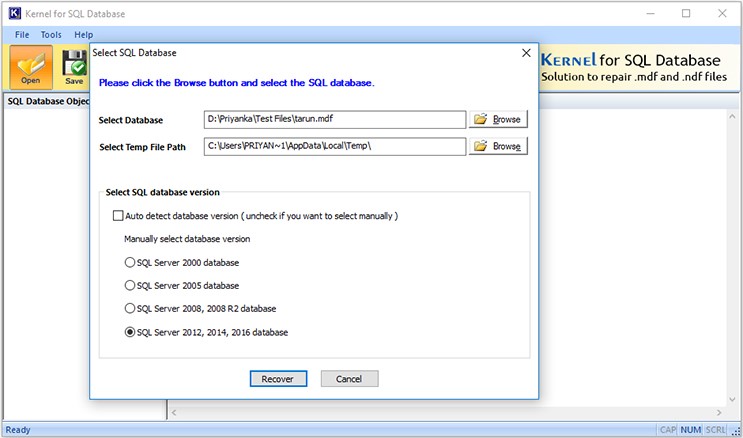



![Best Methods] - How to fix Recovery Pending State in SQL Server Database? Best Methods] - How To Fix Recovery Pending State In Sql Server Database?](https://www.stellarinfo.com/blog/wp-content/uploads/2017/11/How-to-fix-SQL-Database-Recovery-Pending-State-issue.jpg)

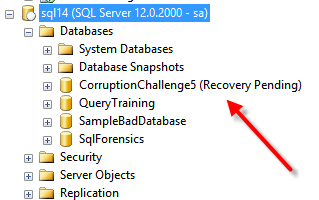

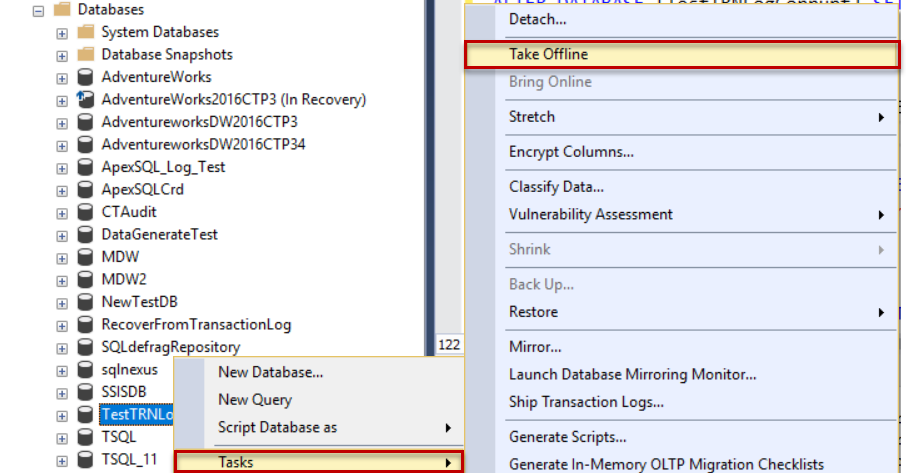
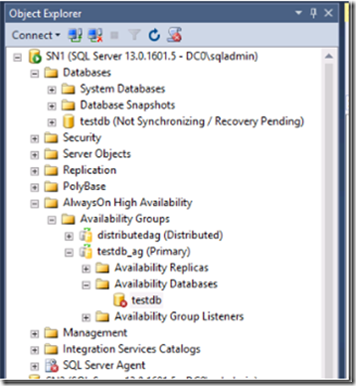




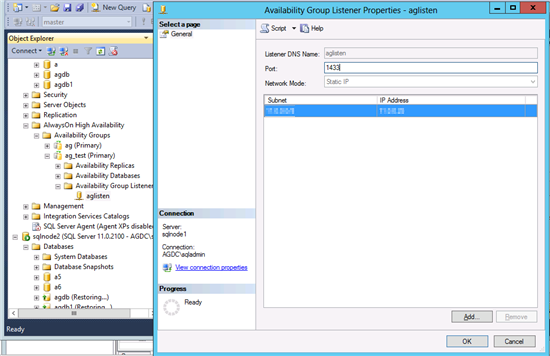

![Best Methods] - How to fix Recovery Pending State in SQL Server Database? Best Methods] - How To Fix Recovery Pending State In Sql Server Database?](https://www.stellarinfo.com/blog/wp-content/uploads/2020/12/Selected-MDF-file.png)
![SOLVED] Enough Space is Available but, database is in Recovery Pending state - SQL Server Forum Solved] Enough Space Is Available But, Database Is In Recovery Pending State - Sql Server Forum](https://content.spiceworksstatic.com/service.community/p/post_images/0000357427/5ce3cf8e/attached_image/recovery_pending.jpg)

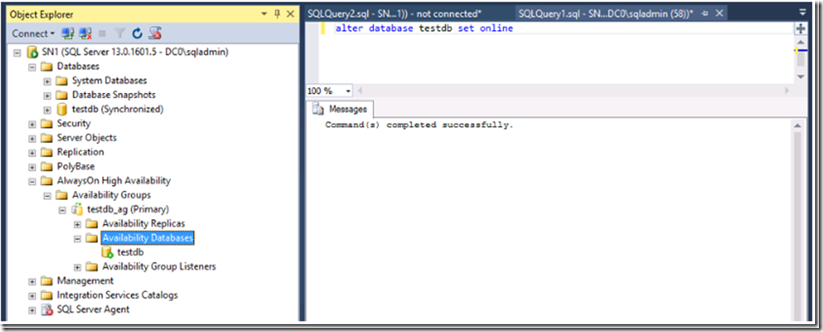

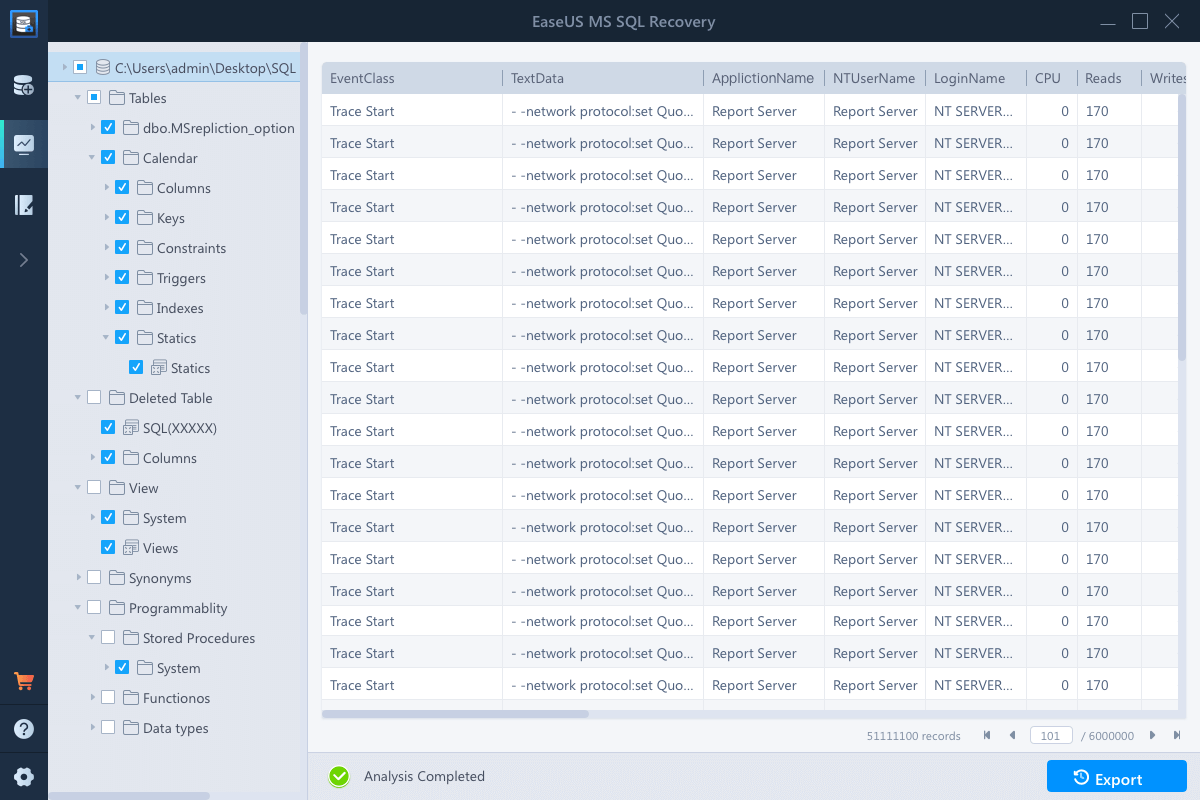


![Best Methods] - How to fix Recovery Pending State in SQL Server Database? Best Methods] - How To Fix Recovery Pending State In Sql Server Database?](https://www.stellarinfo.com/blog/wp-content/uploads/2020/12/Enter-Server-or-Instance-Name.png)


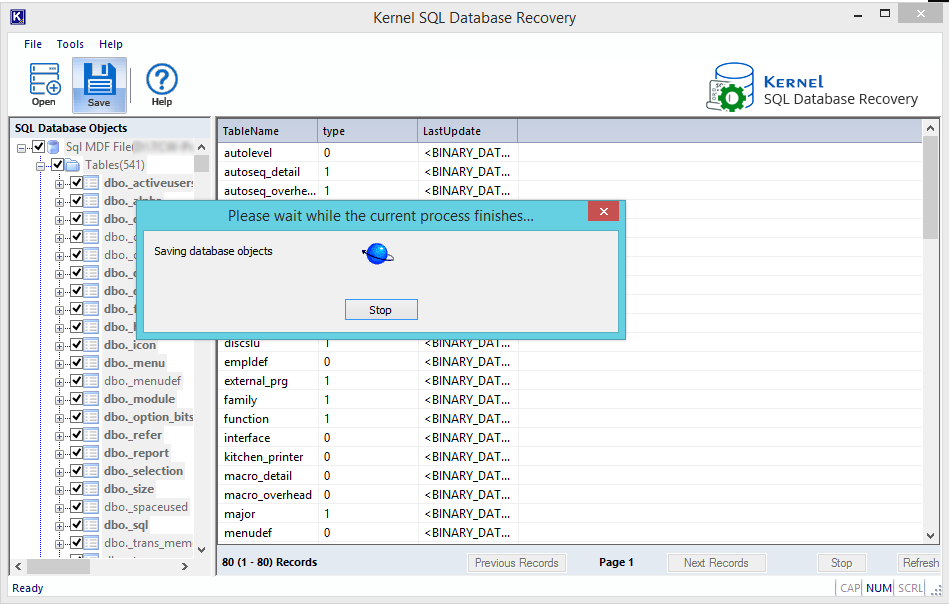

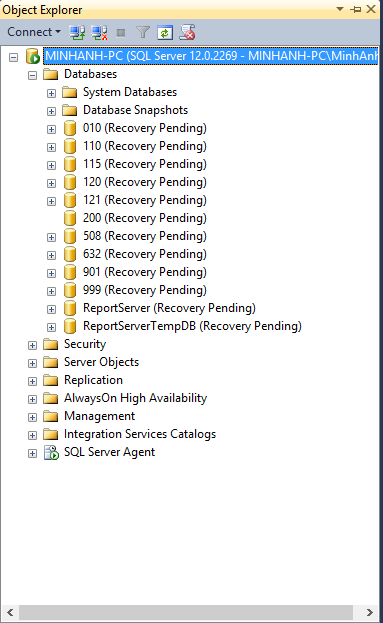

![Best Methods] - How to fix Recovery Pending State in SQL Server Database? Best Methods] - How To Fix Recovery Pending State In Sql Server Database?](https://www.stellarinfo.com/blog/wp-content/uploads/2020/12/Enter-Server-or-Instance-Name.png)
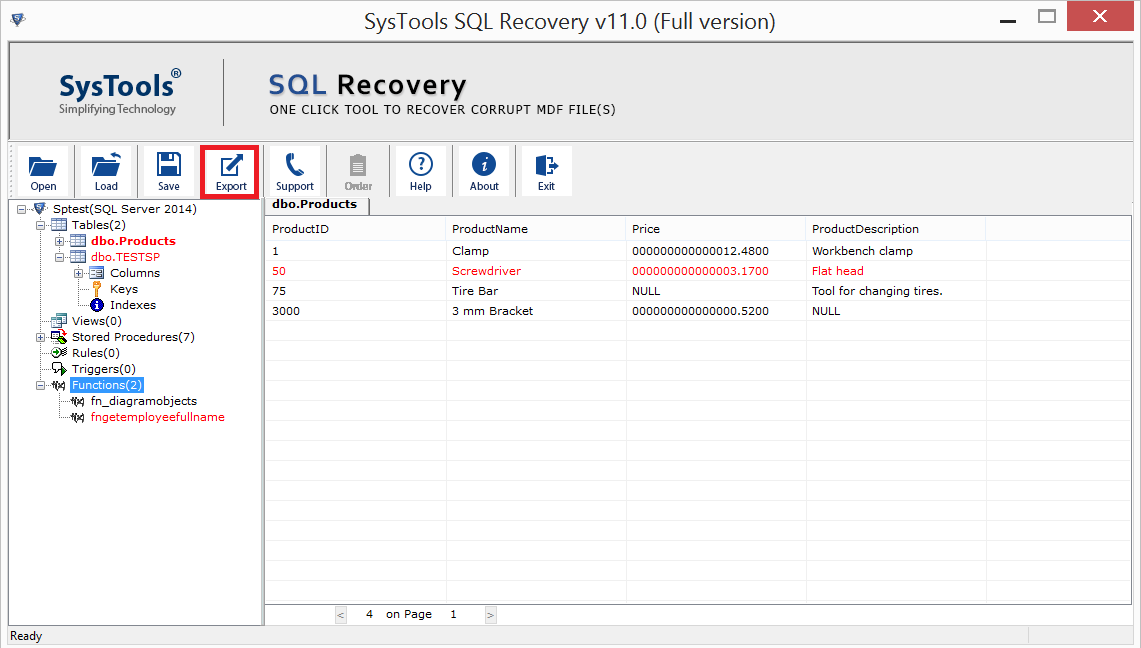




Article link: sql database recovery pending.
Learn more about the topic sql database recovery pending.
- How to fix Recovery Pending State in SQL Server Database?
- SQL Server in RECOVERY PENDING state. Root … – Red9
- How to fix Recovery Pending State in SQL Server Database?
- How To Fix the SQL Server Recovery Pending Error
- How to Fix SQL Server Recovery Pending Error
- Microsoft SQL Server MSDB Database Recovery | Dell India
- SQL Server Database Recovery Process Internals
- SQL Server Recovery Pending State – Fix & Repair MDF File
- How To Fix the SQL Server Recovery Pending Error
- How to Fix SQL Server Recovery Pending Error
- Khắc phục data bị Recovery Pending – htsoft.vn
- Always On DB in recovery pending or suspect state – SQL Server
- Recovery Pending State in SQL Server Database Solution Steps
- How to Fix Recovery Pending State in SQL Server Database
See more: https://nhanvietluanvan.com/luat-hoc/